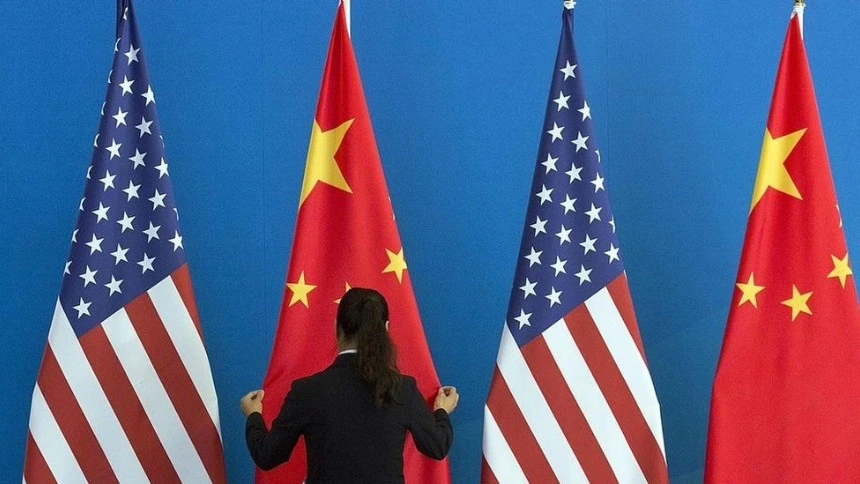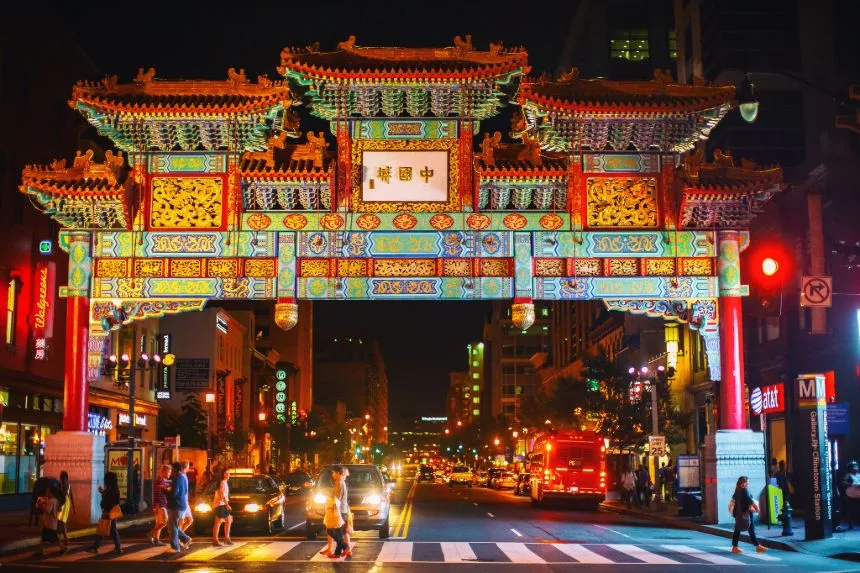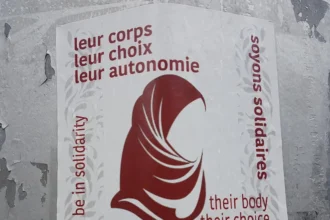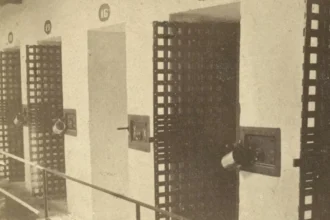The relationship between the United States and China is undoubtedly “the most important bilateral relationship of the 21st century.” Countless scholars now engage in heated debates about all aspects of the unfolding superpower rivalry—often phrased as the “new Cold War.”
These debates, important as they are, almost invariably focus on the relationship between the U.S. and Chinese governments, managed by presidents, politicians, and diplomats, who are locked in mutual distrust. In reality, however, the most important bilateral relationship goes far beyond the “new Cold War,” encompassing a diverse host of people with distinct interests.
The Origins of People’s Diplomacy
In my book People’s Diplomacy: How Americans and Chinese Transformed U.S.-China Relations during the Cold War (Cornell University Press, 2024), I trace the origins of this relationship to the transformative decade of the 1970s. The United States and China were Cold War enemies in the 1950s and 1960s, colliding over Korea, Taiwan, Vietnam, and other parts of the developing world.
Engagement is an idea conceived, nurtured, and sustained since the 1970s by Americans and Chinese from all walks of life.
Few Americans and Chinese traveled to either country during this period, none under the agreement of their governments. All this changed in the 1970s. Richard Nixon became the first U.S. president to set foot in China in February 1972, and after a long stalemate caused by the question of Taiwan’s status, the two countries normalized relations in January 1979.
This book retells the history of this period from the perspective of the American and Chinese people. The conventional wisdom had it that the wise statesmen in Washington and Beijing—from Nixon to Henry Kissinger, Mao Zedong to Zhou Enlai—single-handedly turned bilateral relations upside down to forge a strategic partnership against the common enemy—the Soviet Union.
I challenge this top-down narrative. The bilateral relationship, in reality, was reconstructed by businesspeople, scientists, students, tourists, athletes, and artists, among others, on both sides of the Pacific, who cultivated new ties between the two countries through what I call “people’s diplomacy.”
These people transformed the distant, strained relationship into what is with us today—a relationship with unparalleled scope, complexity, and impact.
Social Changes and Their Impact on U.S.-China Exchanges
People’s diplomacy was a necessity of the time. To improve bilateral relations in the absence of diplomatic relations before 1979, the United States and China launched various exchange programs—or “people-to-people” exchanges as they were called—after the famous Ping-Pong diplomacy of 1971.
Washington assigned these programs to non-governmental organizations devoted to fostering contacts with China, most notably the National Committee on U.S.-China Relations.
Beijing, for its part, mobilized “mass organizations,” quasi-non-governmental organizations with strong ties to the state. In managing a diverse range of programs involving thousands of participants each year, these organizations exhibited significant levels of autonomy.
The evolution of people’s diplomacy closely paralleled the social changes sweeping through both countries at the time. The 1970s was a decade in which many of the conventional norms in postwar America came undone, a process that riveted countless Americans to China.
The erosion of U.S. economic supremacy, expedited by the Oil Shock of 1973, propelled companies to seek new markets in China. The growing opposition to the militarization of science during the Vietnam War galvanized scientists to promote cooperation with China. The outburst of various social movements prompted progressives to crave more contacts with China, a country that seemed to offer a socialist remedy to their capitalist ailments.
Chinese artists openly opposed Jiang Qing’s ban on Western culture by holding secret exhibitions and circulating classical music records.
The domestic tumults in the United States pale in comparison to the sea change engulfing China. The leadership transition from Mao Zedong to Deng Xiaoping—resisted by a group of four politicians later named the Gang of Four, led by Mao’s wife Jiang Qing—coincided with the gradual shift from the Cultural Revolution to Reform and Opening-Up.
This shift replaced revolution with development as China’s national goal, triggering tectonic changes in all corners of society, from technological updates at the factory to curriculum adjustments in the classroom to increasing competitiveness in the gymnasium. These changes fueled exchange programs with the United States, a country with unrivaled influence on China’s modernization.
Stories of Individual Contributions to People’s Diplomacy
This book tells many stories in which Americans and Chinese, caught by these social changes, promoted people’s diplomacy, even when bilateral relations faced a diplomatic deadlock. Some Chinese anecdotes from the time when Mao was still alive are quite eye-opening. Chinese students listened eagerly to elementary English lessons on Peking Radio, one of the first signs of their aspiration to study abroad in the United States.

Chinese athletes voraciously learned new skills from American competitors despite the official ideology that sports must be a political tool to promote friendship. Emboldened by cultural exchanges with the United States, Chinese artists openly opposed Jiang Qing’s ban on Western culture by holding secret exhibitions and circulating classical music records. Despite the control and manipulation by the state, the Chinese people shaped U.S.-China relations in a number of surprising ways.
The book draws on a vast array of historical documents, collected in two dozen archives in the United States and China.
The United States and China continued to disagree over the future of Taiwan and numerous other issues, but most Americans and Chinese came to embrace people’s diplomacy because they believed that it would advance their own interests, be they economic, cultural, or educational. These interests incubated new ideas about U.S.-China relations.
Americans reimagined China as a country of new opportunities, irresistible because of its prodigious potential, while Chinese reinterpreted the United States as an agent of modernization, capable of enriching their country and rejuvenating their lives. These images convinced people in both countries that engagement, not containment and isolation, should be the new guiding principle for bilateral relations.
The Relevance of People’s Diplomacy in Contemporary U.S.-China Relations
The book draws on a vast array of historical documents, collected in two dozen archives in the United States and China—many of these Chinese archives are now virtually closed due to the government crackdown in recent years. I also bought several boxes of unpublished materials at a flea market in China. Although 98% of these materials were useless, 2% were gold—a needle in a haystack. This established method of research in Chinese studies is called “garbology”—collecting documents from garbage.
People’s diplomacy cannot be more relevant today. The concept of engagement has been roundly criticized, even mocked, in recent years, and many—not least Donald Trump—toyed with “decoupling”—separating the United States and China, economically and beyond. The most common, and fatal, misconception about engagement is that it is a policy designed and implemented by U.S. and Chinese policymakers.
Rather, as this book shows, engagement is an idea conceived, nurtured, and sustained since the 1970s by Americans and Chinese from all walks of life, who believed that building ties between the two countries would serve their interests in the future. Whether this idea can endure ultimately depends on what the American and Chinese people think and do about their connections.









